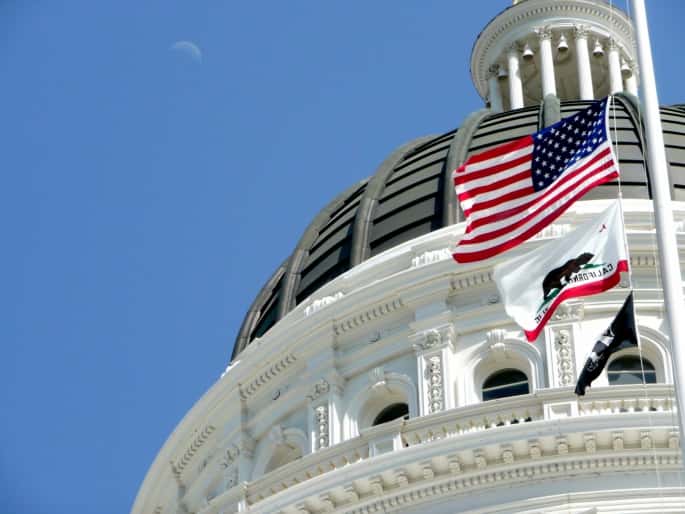The California Natural Gas Vehicle Coalition (CNGVC) says its board of directors recently set a course for 2018 that prioritizes intensive engagement with California’s regulatory process and includes sponsoring near-zero-emission vehicle legislation. Objectives are to extend natural gas vehicle (NGV) incentive funding, improve existing programs, and protect and encourage investments in natural gas fuel technologies.
“In 2017, the coalition had a robust legislative agenda, which allowed us to establish strong relationships with legislators and their staff. In 2018, our goal is to continue connecting with legislators while developing an equally robust regulatory agenda,” says CNGVC President Thomas Lawson.
“We will aggressively engage with regulatory agencies to ensure that incentives for NGVs continue to be part of the state’s clean transportation plans and to work toward improving existing low-carbon fuels programs,” he adds.
According to the coalition, its board decided to concentrate on regulatory work after the California Air Resources Board (CARB) and the California Energy Commission (CEC) declined to act on several CNGVC recommendations for existing programs, most recently the 2017-18 Funding Plan for Clean Transportation Incentives and the Low Carbon Fuel Standard (LCFS) program. For example, the coalition says it suggested that CARB help lower the initial costs of switching to near-zero-NOx natural gas engines by increasing per-engine voucher amounts, as well as providing funding for training. In addition, the first draft of the CEC’s proposed 2018-19 Investment Plan Update for the Alternative and Renewable Fuel and Vehicle Technology Program (A.B.118) does not include any new funding for the Natural Gas Vehicle Incentive Project, according to the coalition.
Incentives, low-NOx engines, LCFS are key issues
CNGVC says it will concentrate its efforts on three regulatory issues next year. It will work to secure incentive funding through the CEC and CARB, from the cap-and-trade program, and from other sources. It will continue to advocate for low-NOx natural gas buses as an option for meeting Innovative Clean Transit regulations. And it will defend the LCFS and fight proposed changes that would be detrimental to the NGV industry, according to the coalition.
“We’ll be defending incentive funding and countering the potentially sweeping changes coming to the LCFS in 2018,” states Lawson. “We will go all out to make sure these programs continue to be successful.”
According to CNGVC, its board members also are concerned about agency bias against natural gas transportation. They plan to work in the coming year to right misconceptions and level the playing field; ultimately, the coalition says, the goal is to make sure that NGVs are equally eligible for all low-carbon transportation funding opportunities.
Legislative priorities
As the two-year state legislative session heads into its second half, CNGVC plans to sponsor two bills and closely monitor several others. The coalition says it will support a revised, fuel-neutral version of S.B.53, which allows a heavy-duty alternative-fuel truck to exceed state weight limits, accommodating a heavy natural gas tank and fuel system.
The board also approved sponsoring a bill mandating that from Jan. 1, 2020, through Dec. 31, 2025, near-zero-emission trucks must constitute at least 30% of the state fleet’s heavy-duty truck purchases, and starting in 2025, zero-emission trucks must account for at least 15% of state fleet purchases. This bill reduces heavy-duty vehicle emissions much sooner than last year’s A.B.739, according to CNGVC.
The coalition says it also plans to monitor additional legislation that affects the NGV industry, including proposals to establish a renewable natural gas (RNG) standard, authorize a gas corporation to procure zero-carbon and low-carbon hydrogen fuels, and move up target dates in the California Renewables Portfolio Standard.
“By focusing on regulations as well as legislation in 2018, we can make sure that agencies, local air districts, and fleets all see a return on their investments in near-zero natural gas technologies,” says Lawson, noting that policies must remain in place to support the millions of dollars that have been invested in NGVs and natural gas infrastructure.
He concludes, “We’re going to remove as many hurdles as possible to provide fleets with clean alternatives that are ready to roll now.”






